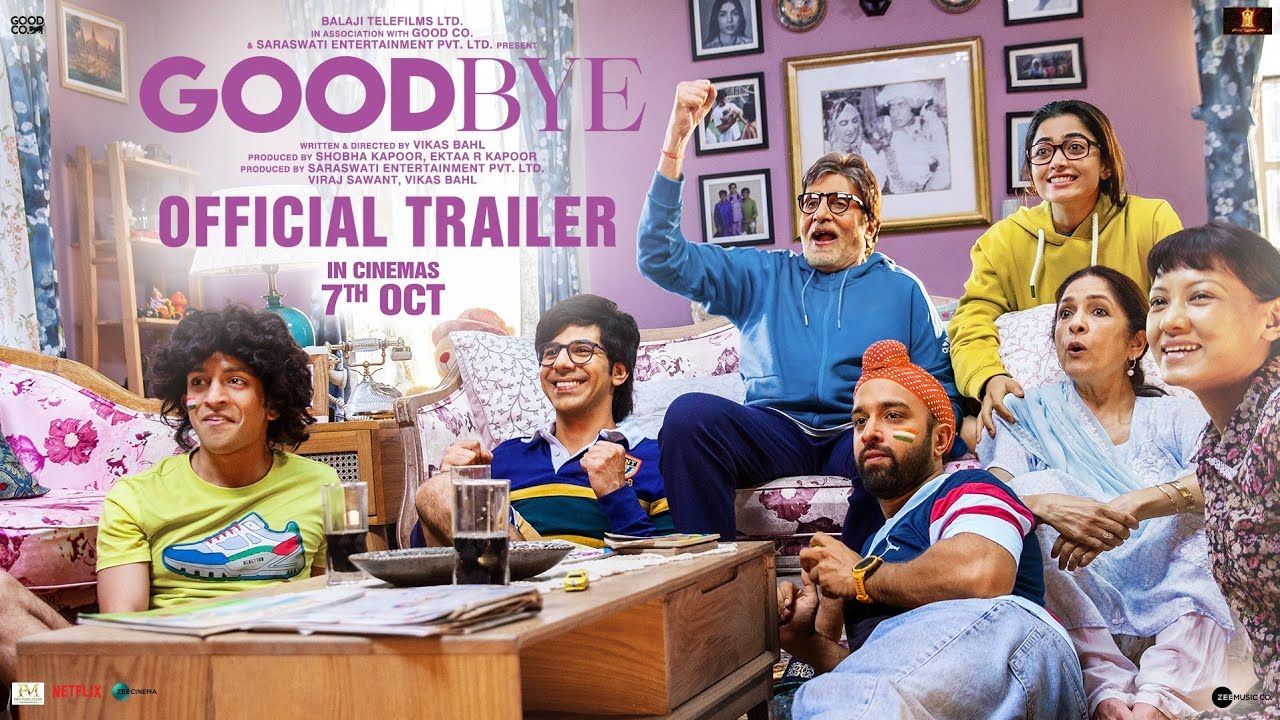Index
- Introduction
- About Sitara Devi
- Personal Life
- Awards
Introduction

Kathak is a graceful dance form adored by people all around the world. The expressions and gestures of Kathak are elegant and will leave you mesmerized. In this article, we will talk about a renowned Kathak personality, Sitara Devi.
About Sitara Devi

Sitara Devi was born on 8 December 1920 and was a prominent Kathak dancer, singer, and actress. She performed all around the world at prestigious venues such as the Royal Albert Hall.
Her birthplace was Kolkata, her birth date that year coincided with Dhanteras. In honor of Maa Lakshmi, who is worshipped during this festival, she was named Dhanalaksmhi.
Dhanalaksmhi had two sisters Tara and Alaknanda, and two brothers Chaube and Pande. Her father, Sukhadev Maharaj, was a Brahmin Sanskrit scholar who took an interest in dance forms and intensely studied them. His source of income was teaching and performing Kathak. Her mother was Matsya Kumari, a member of Nepal Royalty. Sukhadev Maharaj took an interest in dance forms like Kathak while serving in the court of Nepal. He excelled at Kathak and passed his passion on to all his children. Matsya Kumari was also from a family that was involved in performing arts.

Sukhadev Maharaj reformed the Kathak artform. At that time, Kathak was considered a dance form not to be performed by girls of decent families. Nautch girls and boys performed it. Sukhadev Maharaj merged religious aspects into Kathak and broke the stigma around Kathak by teaching his children the dance form. He was ousted from his community due to his passion for Kathak.
The family received derogatory looks and comments; some even declared the females of the house ”prostitutes” (1). Even after all this, he stood still with his passion for Kathak. Maharaj Sukhadev relocated to a new house in Varanasi and started a school for Kathak. He accepted the admissions from the children of prostitutes who wanted to learn the art form. He even taught his children in school. Sitara Devi saw her sisters and father dance since she was a kid and learned a lot just by observing.
According to the Hindu tradition, Sitara was expected to get married at a young age, but due to her reluctance, her father gave in to her wish of attending school. There she gave an impromptu performance in front of her teacher for a role in a play. A local newspaper wrote about her performance. Her father changed his mindset about Devi’sDevi’s future and started training her under her sister Tara. The family shifted to Mumbai where Devi performed at various events. She caught the attention of Rabindranath Tagore who called her an empress of dance. She entered Bollywood and worked as a dancer in movies such as Mahina, Mother India and many more. She eventually stopped working. I’mI’m Bollywood, as it hindered her classical practice of Kathak.
Sitara Devi – Personal Life

Sitara Devi got married three times. Her first marriage was to Nazir Ahmed Khan, who was already married and had a wife. She became his second wife and converted to Islam for him. There was a 16 year age gap between the couple, and her co-wife was always present. The marriage was childless and short-lived. Her second husband was with K Asif, a filmmaker. He was the brother of Nazir’s wife and first cousin of Nazir. This time again, she was the second wife of her husband. The marriage childless and did not last long. She married a Hindu Pratap Barot and had a son with him named Ranjit Barot.
Sitara Devi – Awards

Sitara Devi was a renowned dancer who received several accolades for her profession. She was honored with Sangeet Natak Akademi Award(1969) and Kalidas Samman (1995) and Padma Shree in 1973.

She did not accept Padma Bhushan and considered it an insult as she believed she deserved a Bharat Ratna. Recently, Google dedicated a doodle for Sitara Devi’s birthday.










